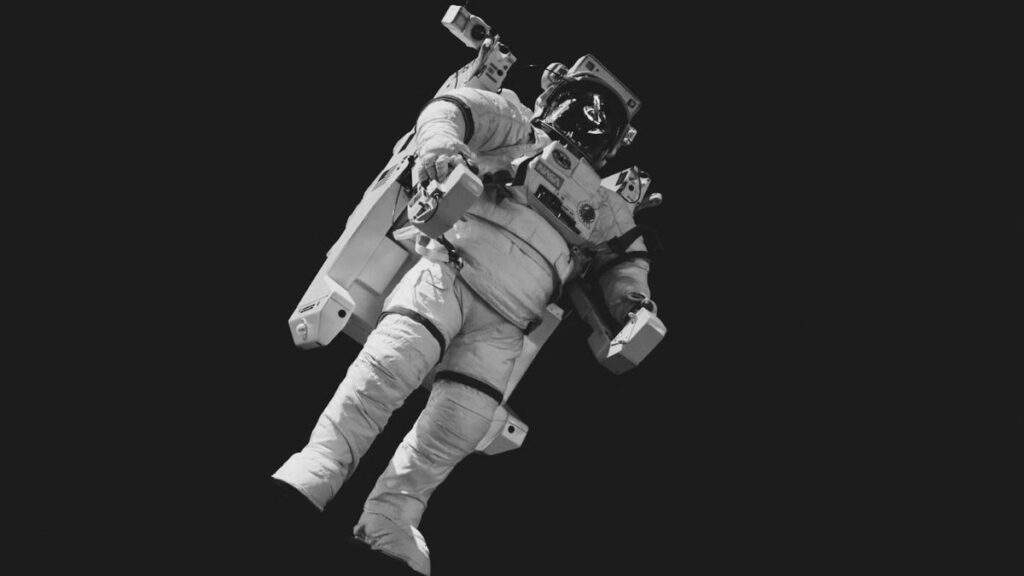Lunar Breakthrough: Chinese Scientists Uncover Unique Composition of Moon’s Far Side
Chinese scientists have made a groundbreaking discovery in lunar exploration, analyzing samples from the far side of the Moon collected during the Chang’e-6 mission. The study, conducted by the National Astronomical Observatories of the Chinese Academy of Sciences and other leading institutions, has revealed significant differences in the composition of this unexplored region, marking a crucial step in understanding the Moon’s evolution.
The Chang’e-6 mission brought back lunar samples that differ significantly from those previously collected. Researchers found that the far side of the Moon is composed of a mixture of basalt and foreign ejecta, distinct from near-side samples. These new samples include lighter particles such as glass and feldspar, which were not present in samples from earlier missions. The materials likely resulted from recent impacts, as suggested by fresh craters near the Chang’e-6 landing site.
The findings are significant for understanding the Moon’s geological history. The far-side samples have lower density and are more porous than previously studied lunar soils. According to a Chinese Academy of Sciences report, the loose and fluffy nature of these samples offers important clues about the Moon’s volcanic activity and the deeper layers of its crust.
The Chang’e-6 mission collected over 1.9 kg of material from the South Pole-Aitken basin, the largest and oldest impact crater on the Moon. This is the first time any country has retrieved samples from the far side, a region that had previously been inaccessible. These new findings underscore the importance of studying both sides of the Moon to better understand its origin and evolution, filling in gaps left by earlier missions that focused solely on the near side.
This breakthrough marks a major milestone in lunar exploration, offering new insights into the Moon’s composition and geological history. The discovery highlights the significance of continued research into the Moon’s far side, which remains a largely unexplored region.
